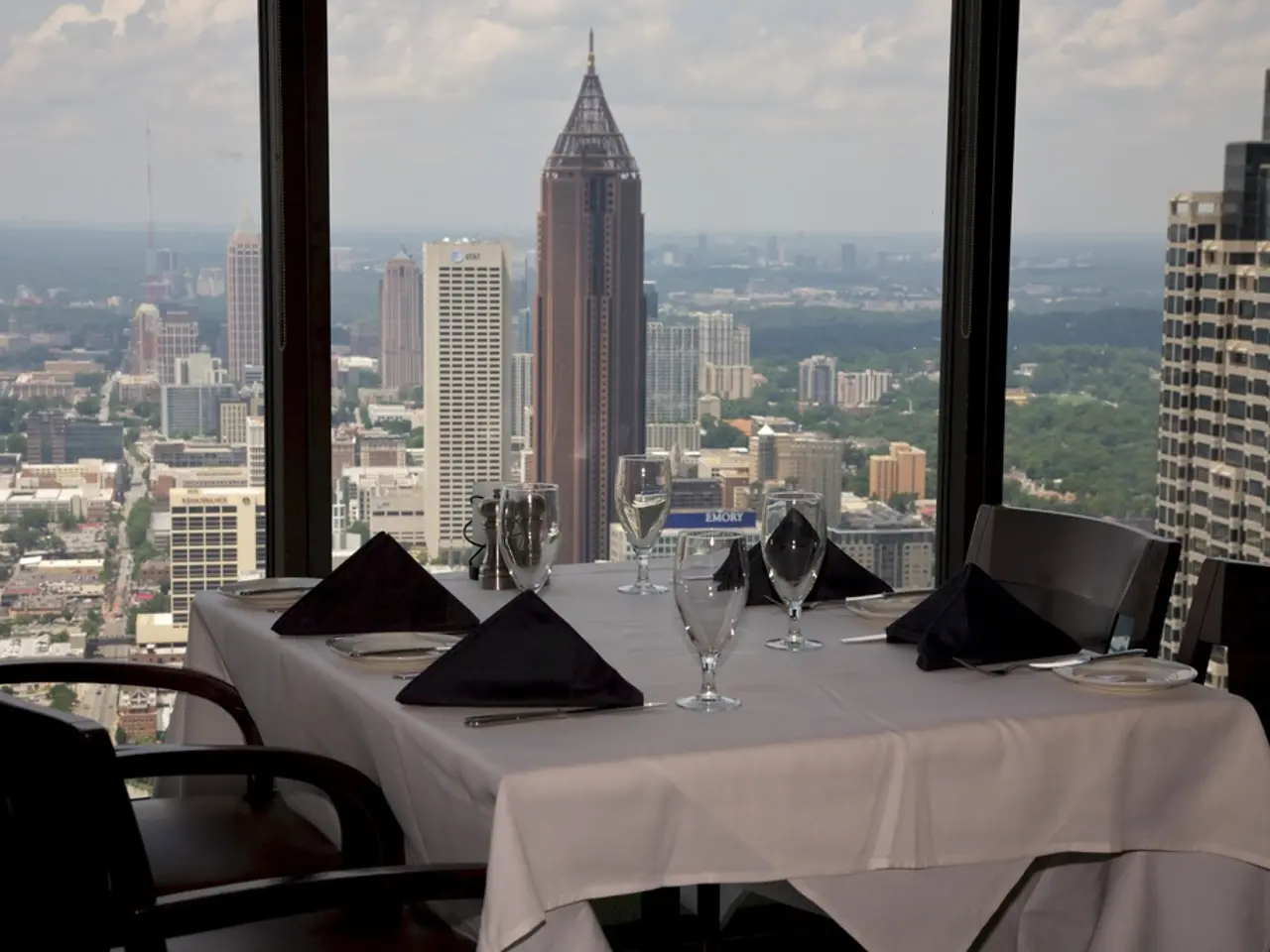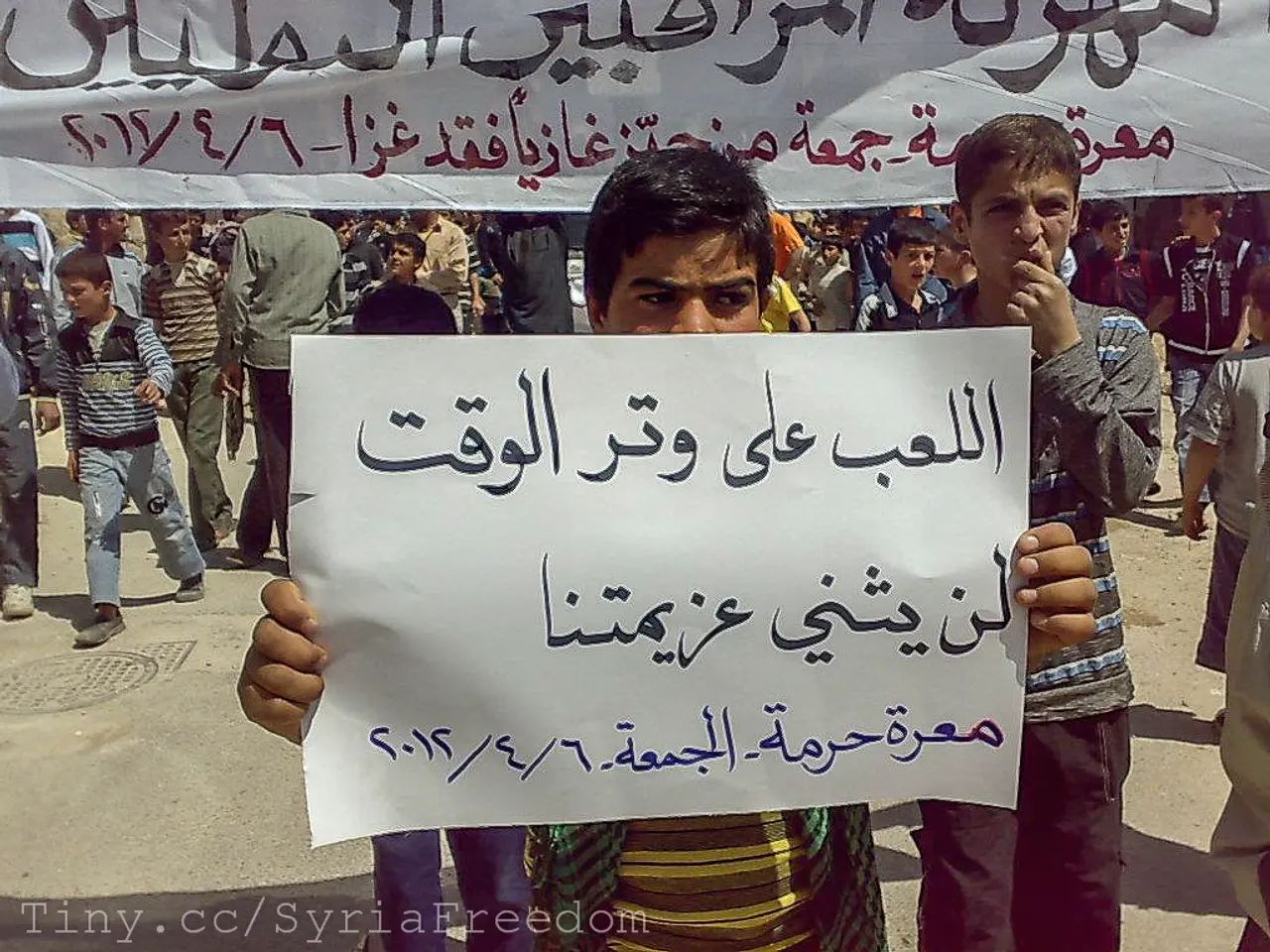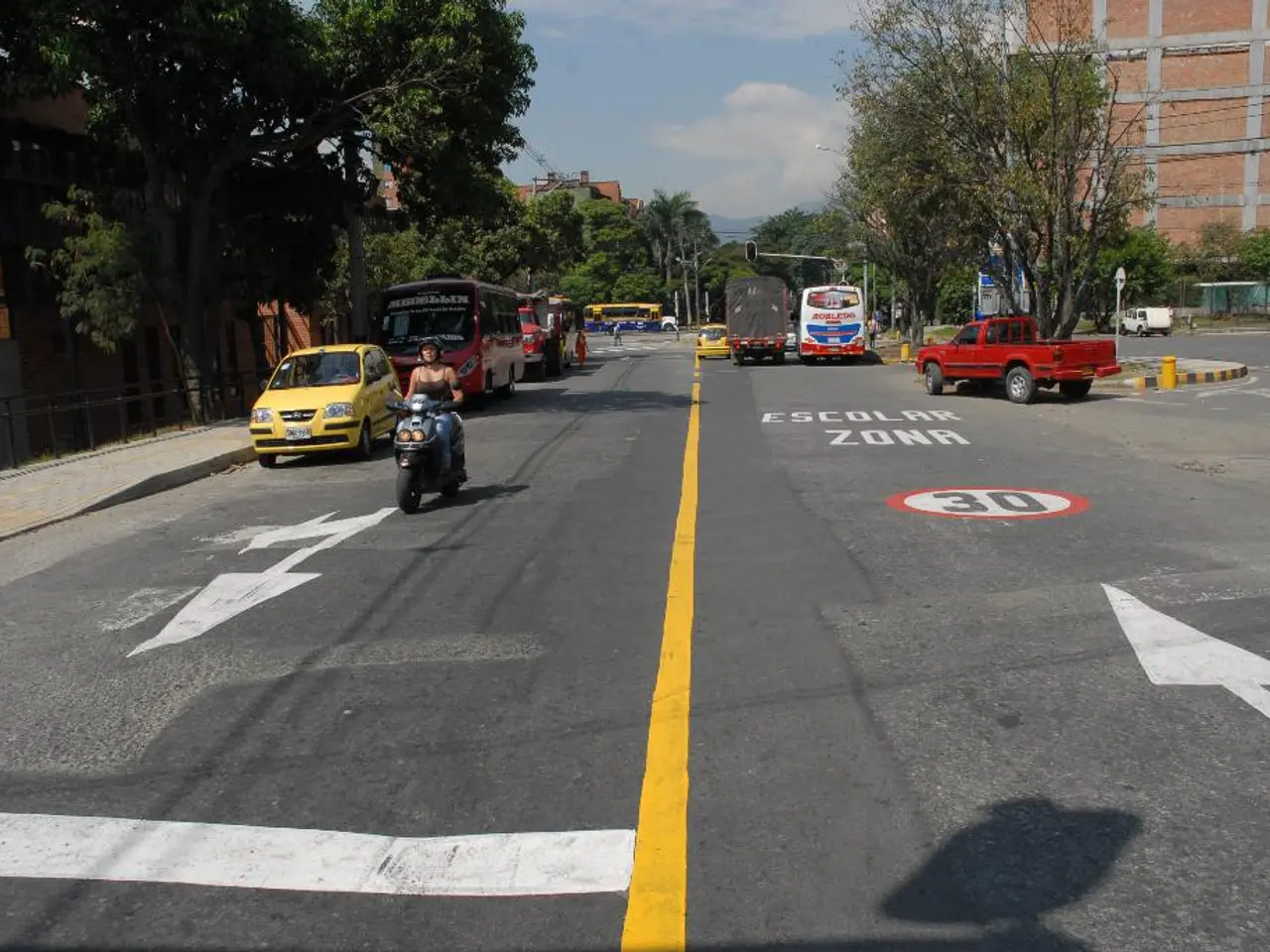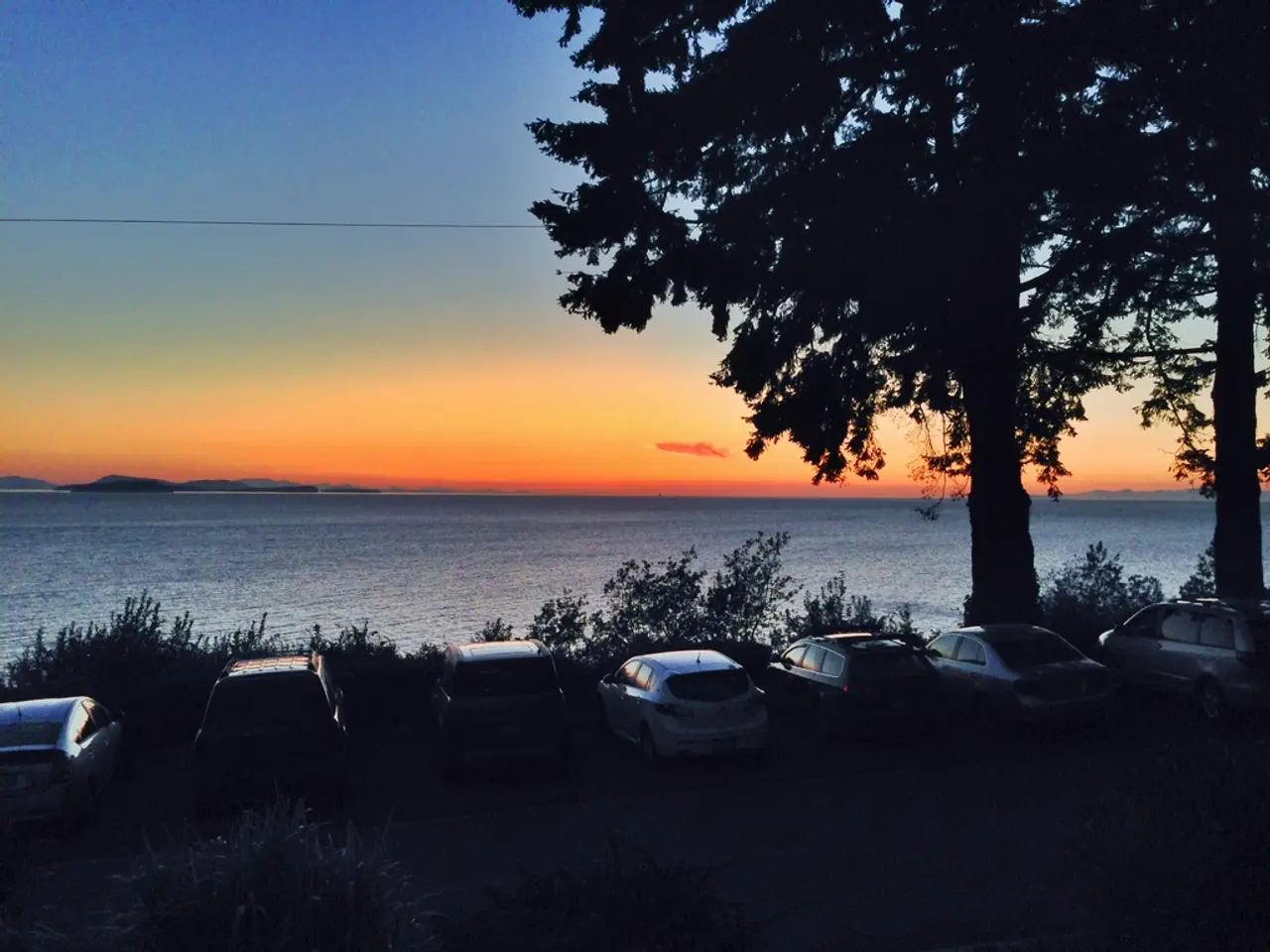Exceptional July climate: excessively hot and unusually rainy - Scorching heat and excessive rain characterize July's weather conditions
In Rhineland-Palatinate, a historical pattern of extreme weather events has been observed, with an increasing frequency of heavy rainfall and flood events causing significant local impacts. According to studies and official data, exceptionally heavy rainfall events, on the scale of a 100-year flood event, have resulted in severe flooding with rapid flow velocities and water depths reaching up to 2 meters in extreme cases, such as the 2021 floods. This pattern suggests an intensified impact of heavy rains and flash floods in recent years.
Although direct historical heatwave data for Rhineland-Palatinate is not detailed, the increasing occurrence of heatwaves is consistent with broader climate change impacts observed across Germany.
Saarland, geographically close to Rhineland-Palatinate and sharing similar climatic conditions, is likely to experience comparable patterns of extreme rainfall and heat events linked to broader regional climate trends in southwestern Germany.
In July, Rhineland-Palatinate saw more rainfall than the climate reference value, with 95 liters of precipitation per square meter falling in the month, almost a third more than the reference value (72 liters per square meter). The weather conditions in July were characterised by sunshine, heat, and rain, with a total of 222 sunshine hours, slightly more than the reference period of 1961 to 1990. The heatwave in July was characterised by temperatures frequently exceeding 35 degrees Celsius, with a record temperature of 39.3 degrees Celsius recorded in Andernach on July 2.
Nationwide, Rhineland-Palatinate saw more rain in July than the rest of Germany, while only Saarland saw more sunshine. The average temperature in Rhineland-Palatinate in July was 1.4 degrees higher than the reference period, at 18.5 degrees Celsius.
The weather conditions in Rhineland-Palatinate in July were reported by the German Weather Service in Offenbach. The total sunshine hours in the reference period of 1961 to 1990 for Rhineland-Palatinate was 210.
The increasing frequency of extreme weather events, including heavy rainfall and heatwaves, is a growing concern in Rhineland-Palatinate and Saarland, as part of ongoing climate change trends in Germany. The broader European and German contexts confirm increasing risks of heatwaves and droughts along with floods, driven by climate change.
The Commission may find it relevant to consult on the draft directive on the protection of workers from risks related to exposure to chemical substances, as the increasing frequency of extreme weather events such as heatwaves, observed in Rhineland-Palatinate and Saarland, could potentially increase the risks of chemical accidents during extreme weather conditions.
For accurate prediction and mitigation of these extreme weather events, it is essential to improve weather-forecasting capacities in regions like Rhineland-Palatinate and Saarland, where the frequency of extreme rainfall and heat events is on the rise due to climate change.








